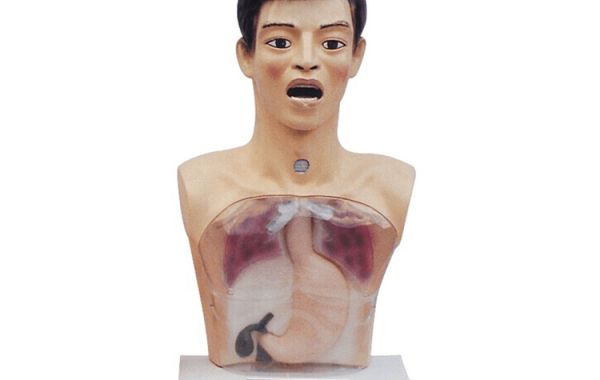While nursing training manikins are generally safe, they do present some potential safety risks that instructors and students should be aware of. Here's the breakdown:
- Ergonomic risks: Manikins can be heavy and difficult to maneuver, resulting in potential musculoskeletal injuries for students performing tasks such as transferring or repositioning. Proper lifting techniques and weight limits must be emphasized.
- Sharp edges or protrusions: Some manikins, particularly older models, may have sharp plastic edges or exposed mechanisms that can result in cuts or puncture wounds. Inspect manikins on a regular basis and ensure they are properly maintained.
- Choking hazards: Small parts, such as airway inserts or catheters, may pose a choking hazard for students, particularly in simulations involving children. Close supervision and secure storage are critical.
- Allergic reactions:Some people may be allergic to latex or other materials used to make manikins. Prior testing and alternative solutions should be available.
- Disinfectant exposure:Regular disinfection of manikins is necessary, but harsh chemicals can cause irritation to the skin and eyes. Proper ventilation and personal protective equipment are suggested.
- Electrical safety: Ensure that all equipment used with manikins, such as monitors and pumps, is properly grounded and operating safely.
Recognizing these potential concerns and implementing appropriate safety measures allows instructors to create a safe and effective learning environment for students using nursing training manikins.







